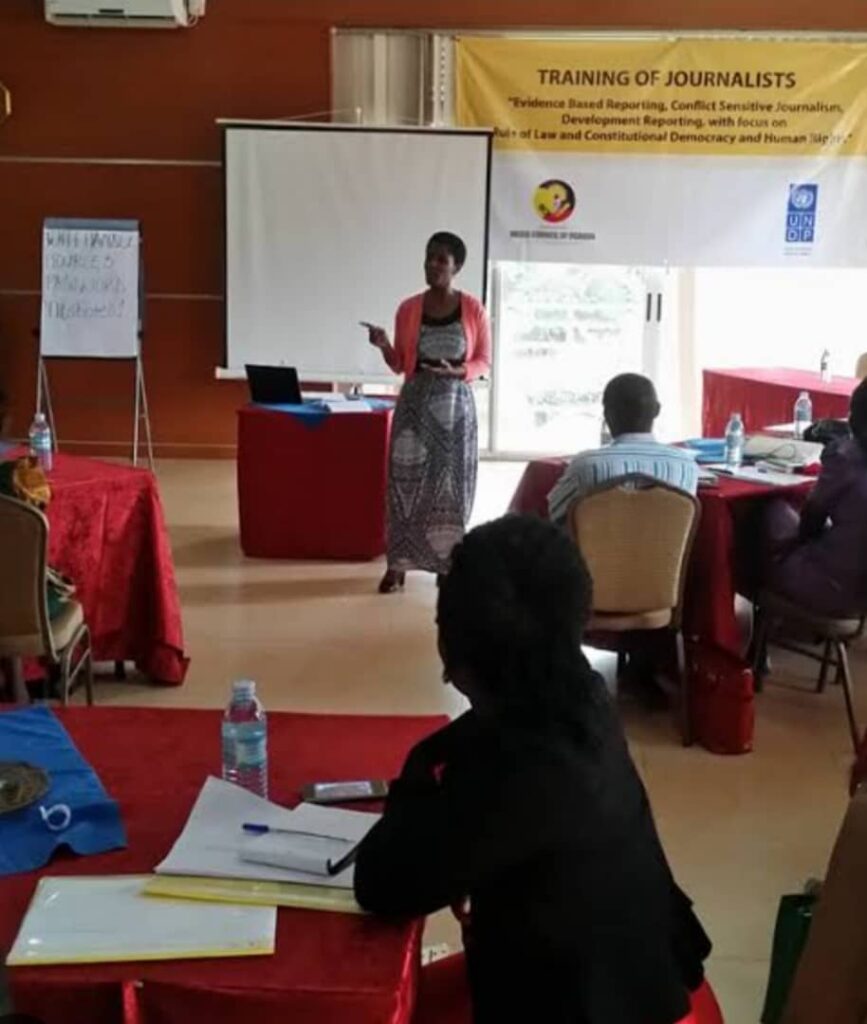By Catherine Nabulya
When COVID-19 struck in early 2020, businesses across the world were thrown into confusion, and media organisations were no exception. At The New Vision, the challenge went beyond keeping newspapers rolling off the press. It was about keeping staff informed, motivated and connected while the country shut down.
A new study by Uganda Christian University (UCU) postgraduate student Jacqueline Nalubwama now sheds light on how the media house managed those critical first months of the pandemic and what lessons Uganda’s media industry can draw from that experience.
Her dissertation, “The Role of Internal Communication Strategies in Print Media Organisations During Health Crises in Uganda”, focuses on how New Vision communicated with its staff between March and June 2020, a period marked by lockdowns, fear and uncertainty.
According to Nalubwama, New Vision’s early shift to digital communication tools was the key to keeping operations running. Platforms like Zoom, Microsoft Teams, WhatsApp and email became the new newsroom.
“They became the lifeline,” one staff member told her. “Without them, we would have been paralysed.”
For many employees, these platforms enabled remote work at a time when face-to-face meetings were impossible. They protected staff from health risks while ensuring the media house continued publishing.
However, the shift also exposed inequalities in technology access.
“Some colleagues were left out because of poor internet or lack of gadgets,” one interviewee said, a challenge echoed in regional studies showing spikes in digital communication use across Kenya and South Africa during COVID-19.
While digital communication kept the organisation afloat, Nalubwama’s research shows it often lacked a human touch.
Messages about salary cuts, job restructuring and layoffs were delivered in a top-down manner, with little room for feedback.
“The communication felt detached,” a staff member said. “It was more about the company’s survival than about us.”
This approach, Nalubwama argues, increased anxiety among workers and weakened trust — a reminder that crisis communication must balance clarity with empathy.
Some employees also lacked the digital skills needed for remote work. They had to “learn on the go”, reflecting a wider need for digital training across the media industry.
These challenges echo international research emphasising that crisis communication must be inclusive, coordinated and sensitive to workers’ realities.
Managers should acknowledge staff fears, losses and pressures — especially during health crises.
Nalubwama notes that many organisations communicate reactively. Instead, proactive crisis communication plans can reduce confusion and protect staff well-being.
For UCU’s Journalism and Media Communication department, the study is more than academic. It is a reminder that internal communication is a strategic asset one that directly affects morale, trust and organisational cohesion.
“In a crisis,” Nalubwama writes, “communication is not just about passing instructions. It is about connecting people to purpose, values and each other.”
The COVID-19 pandemic tested the resilience of every newsroom. Nalubwama’s research shows that while New Vision succeeded in keeping operations going, its experience exposes clear gaps and opportunities for improvement.
Her findings shine a light on what every media organisation must remember:
information keeps a newsroom running, but communication keeps its people going.
As Uganda’s media houses brace for future challenges, these lessons may be the difference between organisational survival — and organisational strength.


